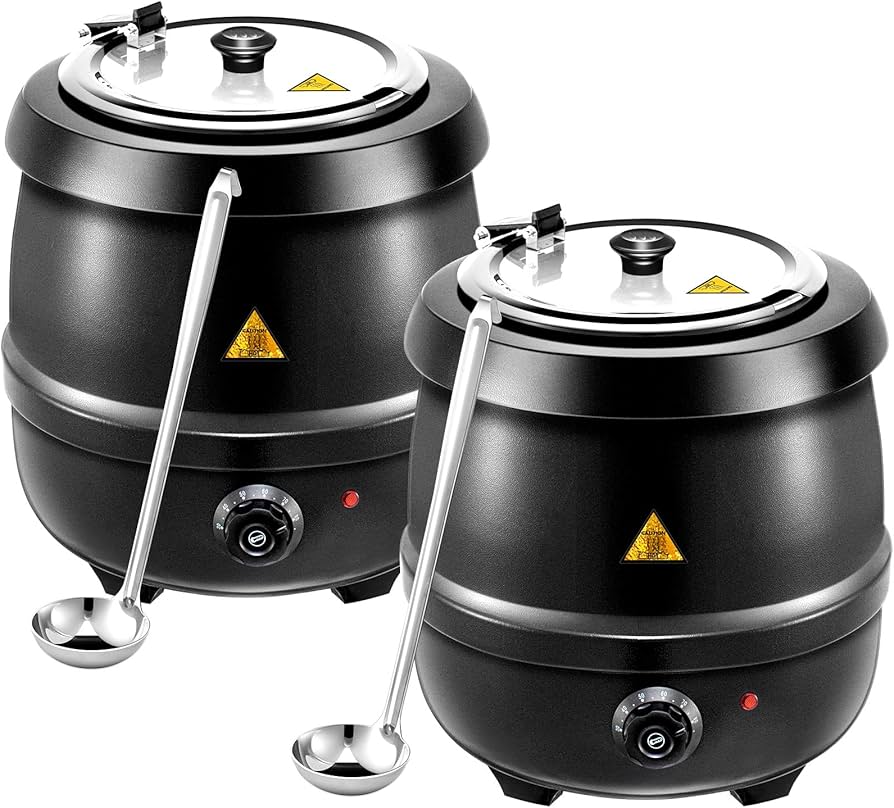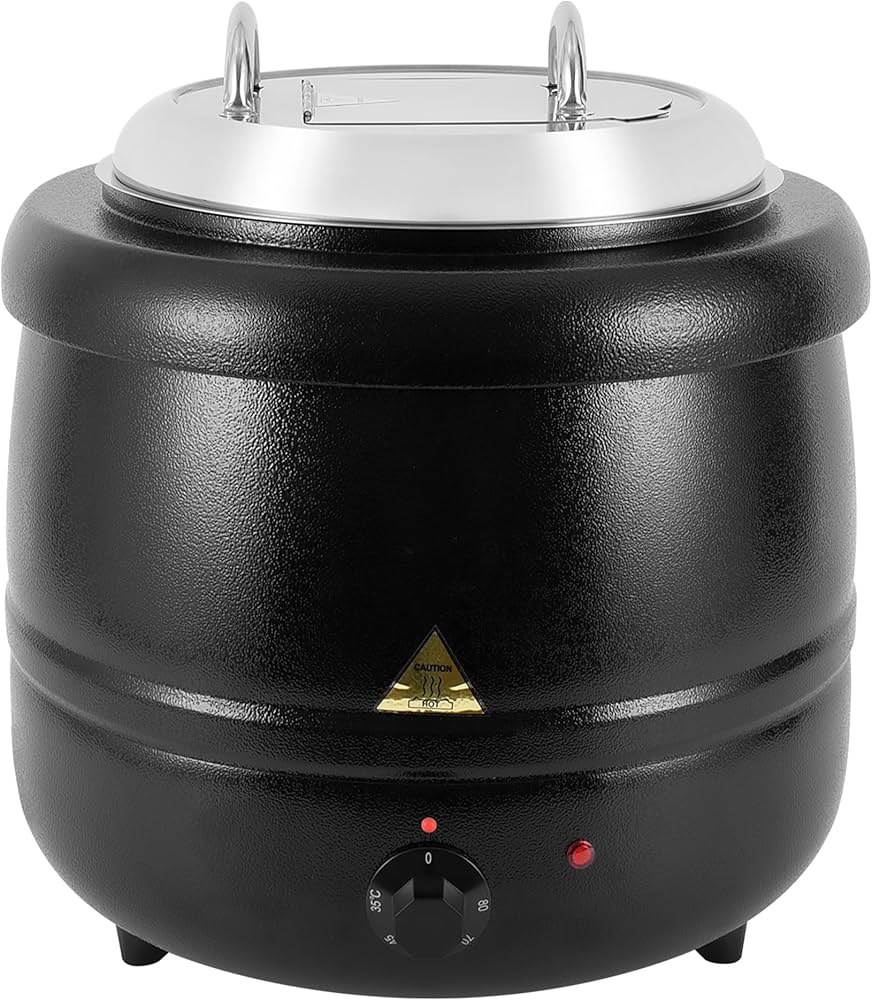Alright, so let me tell you about my little adventure with soup warmers. You see these things around, especially at buffets or events, and you probably think, “Yeah, keeps soup hot, simple enough.” That’s pretty much where my head was at before I actually got my hands dirty with one for a community chili cook-off I helped organize. It wasn’t exactly a plug-and-play dream, let me tell you.

Getting Started: More Than Just a Pot
So, we needed something to keep all that delicious chili warm for hours. My first thought was, “Okay, soup warmer, got it.” But then I started looking into them. Some folks call them soup kettles, others soup urns. They’re basically these big pots, usually holding a good amount, like maybe six, sometimes up to twelve liters. Perfect for what we needed. The key thing I learned pretty quick was how they work – most of them use what they call a ‘bain marie’ setup. Sounds fancy, right? It just means the actual pot holding the soup sits inside another pot that has hot water in it. It’s a gentle way to heat, so you don’t end up with burnt chili at the bottom. Better than just sticking a pot on a direct flame, that’s for sure.
I remember unboxing the one we rented. Seemed straightforward enough. Big metal thing, a lid, a ladle slot, and a temperature dial. “Easy peasy,” I thought. Famous last words.
The Actual Doing: My Trial and Error
First thing, setting it up. You actually have to remember to put water in that outer jacket. Sounds obvious, but when you’re rushing around, it’s the kind of detail you might just overlook. I almost did! I filled it up, then carefully ladled the chili into the inner stainless steel pot. That part was a bit messy, not gonna lie. Chili everywhere. Note to self: use a funnel next time, or at least a bigger ladle for transferring.
Then came the temperature. The dial had numbers, but no real “perfect chili temp” mark. So, it was a bit of a guessing game at first. I cranked it up to get it hot, then had to dial it back so it wouldn’t simmer too aggressively. You want it hot, safe to eat, but not bubbling like a volcano and drying out.
- I learned to stir it pretty often. Even with the water bath, the stuff at the top can cool down a bit, and you want even heat.
- I also kept a thermometer handy, just to double-check the actual temperature of the chili. Can’t be too careful when you’re serving food to people.
- And keeping the lid on as much as possible is key. Every time you open it, heat escapes.
I’d seen those other setups too, like steam tables in big cafeterias, or those chafing dishes you see caterers use, often with those little fuel cans underneath. But for our needs, this electric soup kettle felt like the right tool. It was more contained, and we had power outlets available. Those chafing dishes are great for portability when you don’t have electricity, though.
The Not-So-Fun Part: Cleanup
Let me tell you, after a long day, the last thing you want to do is clean a giant pot caked with chili remnants. The inner pot usually comes out, which is a lifesaver. But still, it’s a bit of an effort. Lots of soaking and scrubbing. And you’ve got to make sure the outer part is dried properly too. It’s just one of those things, you know? The convenience of serving warm soup for hours comes with a bit of a price at the end of the day.
So, What’s the Takeaway?
So yeah, soup warmers, or kettles, or whatever you want to call ’em. They’re super useful, no doubt. They do their job, keeping soup or chili or whatever else nice and hot. But it’s not just a magic box. There’s a bit of a learning curve, a bit of fiddling to get it right, and then the cleanup. It was a good experience, though. I definitely know my way around one now. Next time we do an event, I’ll be the soup warmer guru. Or at least, I’ll know what to expect!






